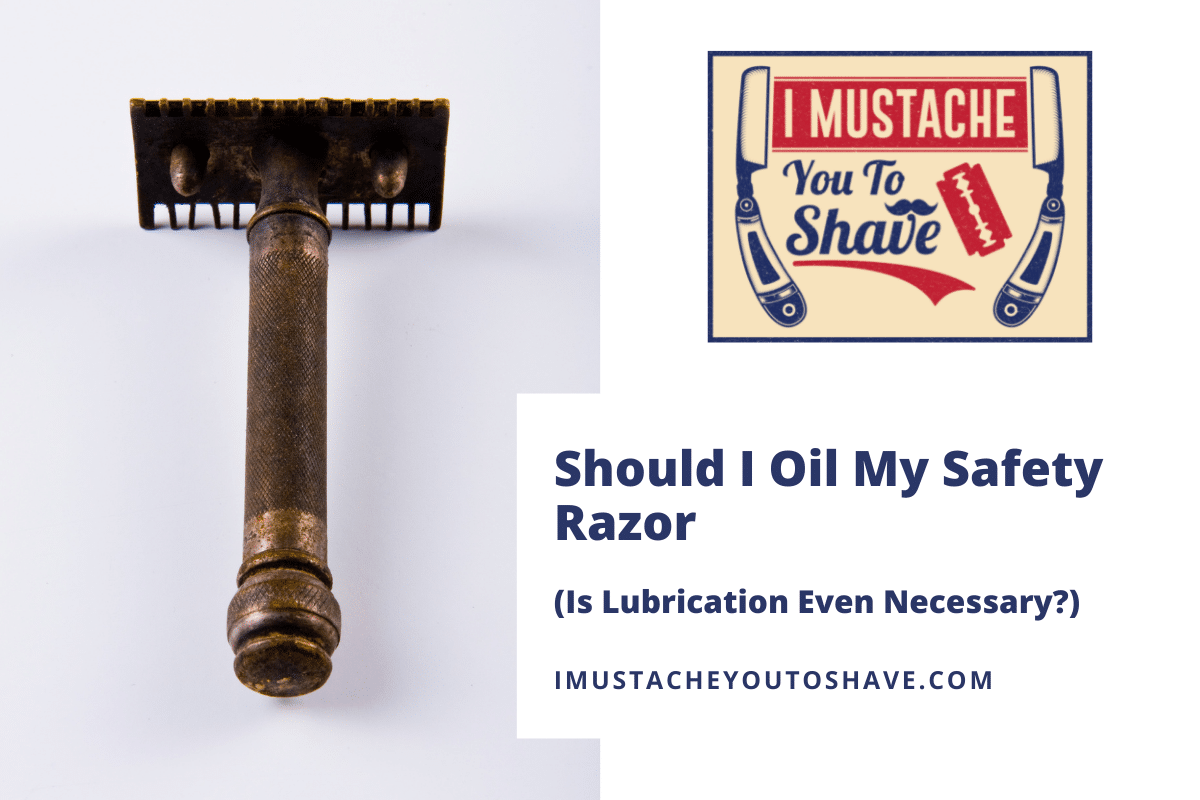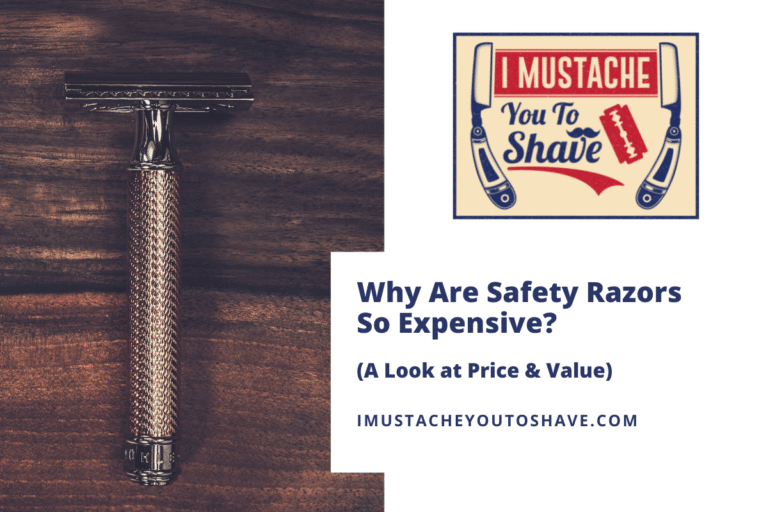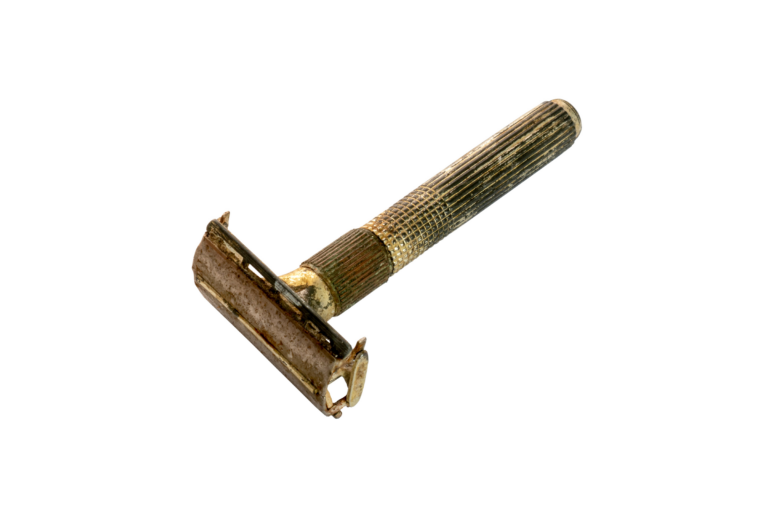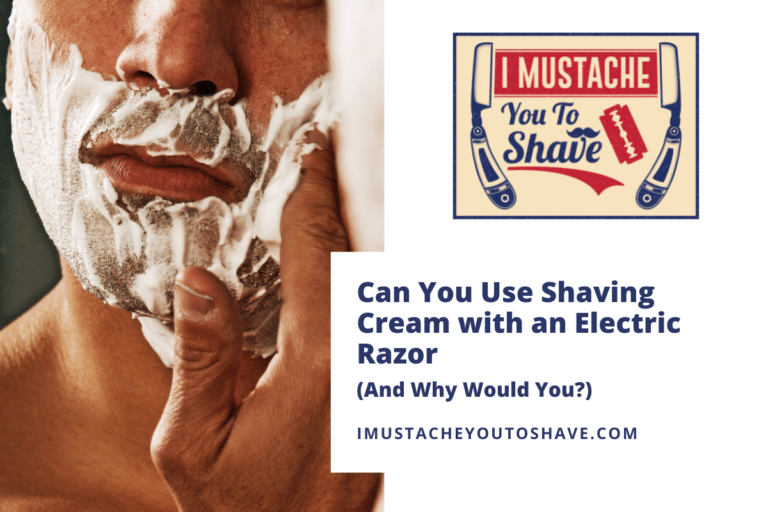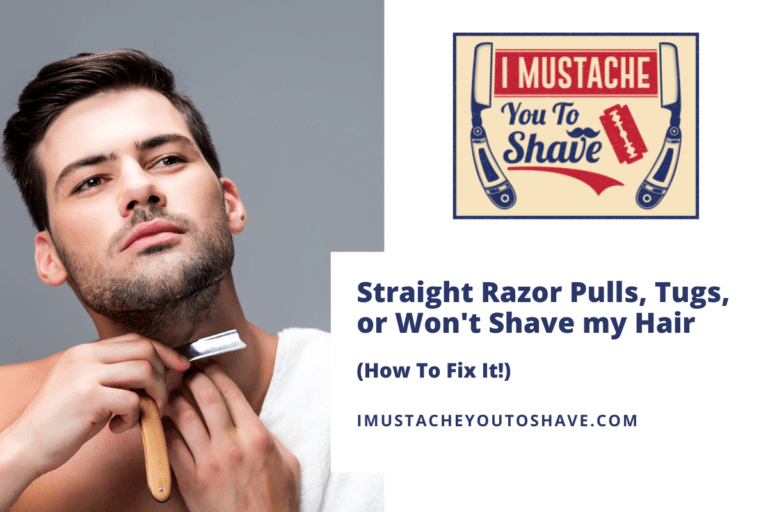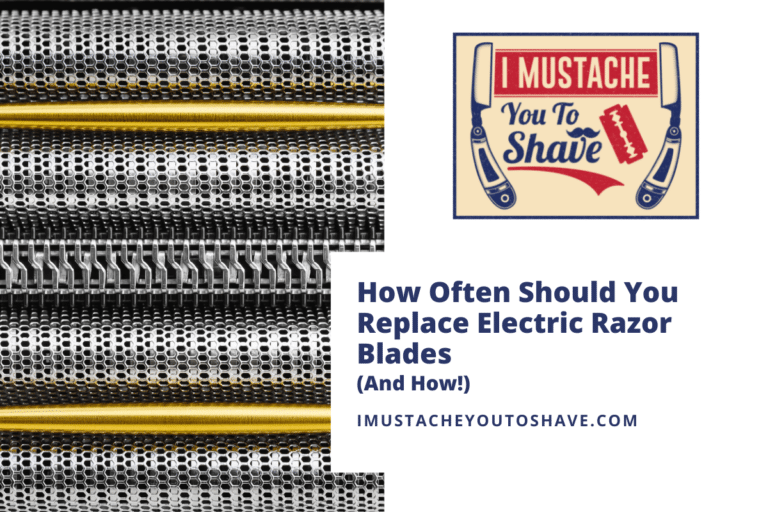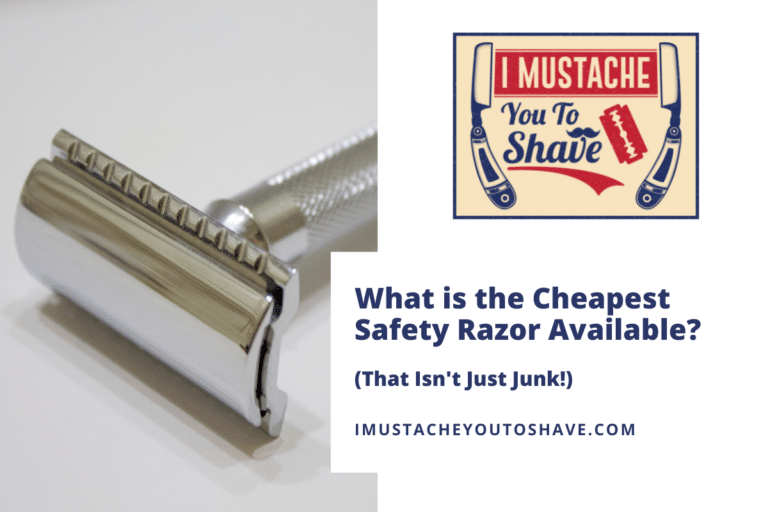Should I Oil My Safety Razor (Is Lubrication Even Necessary?)
Has your razor ever been difficult to open or close because it was a bit dirty? You may even ask yourself if oiling your safety razor may be necessary.
Safety razors with moving or mechanical parts benefit from lubrication. Grit and grime can work their way into hinges, dials, and other mechanisms which can cause the moving parts to seize. Lubrication can create a barrier to build-up and keeps moving parts moving freely.
Keep reading to find out more about if lubricating oils are necessary for your safety razor.
Do you need to oil or lubricate a safety razor?
Hair, soap scum, and water deposits contaminate the surfaces of safety razors after each use.
Occasional lubrication of safety razors is beneficial but it is not required for all safety razors. Oiling does, however, prevent corrosion and reduce friction which can extend the life of a razor and its moving parts.
Several shaving forum threads are going back and forth on the debate of “oil or not”. One side claims to have never piled their safety razors and do not see the need especially for 2- and 3- piece models. The other side swears by it, conceding that it may not be necessary but they want to take steps to make sure their shavers stay reliable. And there are those in the middle wondering which side is correct.
The best source on the subject is often found with care tips provided by the manufacturer. Merkur, a popular safety razor brand, suggests that moving parts can be oiled occasionally. But on which occasion?
Generally, the best time for oiling will be after a thorough deep cleaning of the entire razor. Solvents used for removing soap scum and scaling may also remove some of the factory lubricants. A drop of oil is enough to return the razor to its full glory.
Some razors are constructed with anti-corrosive metals or coatings that resist rust but seams and hinges are still exposed to scaling lime scaling from hard water. Debris can also cause problems with moving parts.
The tiniest bit of oil applied to screw-on razor types and the hinges of mechanical razors will reduce friction and also create a barrier to dirt.
Cleaning and proper oiling of threads in 2- and 3- piece razors and mechanical parts in butterfly razors prevents seizing due to excess buildup. Seizing or locking up these parts can lead to irreparable damage that will have you bitterly shopping for a replacement.
How to lubricate a safety razor with oil
Different styles of safety razors have different maintenance requirements. 2- and 3- piece models do not have moving parts, unlike the mechanical butterfly razors.
Always adhere to the manufacturer’s care guides first and follow any listed safety precautions listed to prevent injury or damage to the safety razor.
The basic steps for lubricating 2-piece, 3-piece, and butterfly razors as well as a list of suitable lubricants can be found below.
Oiling a butterfly safety razor
Butterfly safety razors have several moving parts. Not only do the heads open and close to load and remove blades but some models adjust the distance between a safety bar and the blade edge.
Butterfly safety razors also only need the tiniest bit of lubricant but often in multiple places. Some of those places are quite small and a needle-tip applicator will work best. Dry lubricants are often best for these applications.
The basic steps for lubricating a butterfly razor are:
- Open the head and hinges completely – If there is a safety bar feature, open it as far as possible.
- Apply a single drop of lubricant to each hinge.
- Open and close the hinges a few times using the knobs and dials.
A video tutorial can be found here.
Oiling a 2-piece safety razor
2-piece safety razors feature a head that is unscrewed from the handle. The blade is placed onto the concave side of the head and secured by screwing the handle back into place.
The threads that attach the cap (or head) of the razor to the handle will be the focal point for oil. Only a single drop of lubricant is needed. Grit and grime can accumulate between the male and female threads. The debris can make attaching or releasing the handle difficult and may result in the threads seizing.
The basic steps for lubricating a 2-piece razor are:
- Disassemble the razor by unscrewing the cap from the handle.
- Clean the cap, handle, screw threads well with soap and water while scrubbing with a soft brush or a cloth.
- Allow the entire razor to dry completely on a towel.
- Apply a drop of lubricant to the threads.
- Screw the handle onto the cap lightly and remove it a couple of times then wipe away any excess.
Oiling a 3-piece safety razor
3-piece safety razors feature a head that is unscrewed from the handle. The head, once unscrewed from the handle, separates into the top and bottom pieces. The blade is sandwiched between the pieces of the head and secured by screwing the handle back into place.
2- and 3- piece safety razors will have similar care guidelines. Only a single drop of oil onto the screw heads will be necessary.
The basic steps for oiling 3-piece safety razors are:
- Disassemble the razor by unscrewing the cap from the handle.
- Clean the cap, handle, screw threads well with soap and water while scrubbing with a soft brush or a cloth.
- Allow the entire razor to dry completely on a towel.
- Apply a drop of lubricant to the threads.
- Screw the handle onto the cap lightly and remove it a couple of times then wipe away any excess.
What kind of oil do you put on a safety razor?
Which kinds of oils are best for oiling safety razor parts? It does depend on your razor and the individual mechanisms.
Mineral oil, weapon oil, or silicone grease is best for screw threads. Dry lubricant is recommended for mechanical parts. Avoid using food oils like vegetable or olive oil. Avoid oils that are acidic or resinous.
Recommend safety razor oils are as followed:
Merkur recommends the following:
- Paraffin oil. Similar to clipper oil used in barbershops.
- Weapons oil “or other machine oil that is acid-free and non-resinous“.
Shaving forums recommend
- Silicone grease. A waterproof grease made from silicone and thickeners.
- Dry lubricant. A mixture of solid materials that help reduce friction. It is less messy than other oils.
To sum it all up, there is more to gain with an occasional drop of oil than there is without one. Do consider the addition of oiling your safety razor to a deep cleaning routine.

